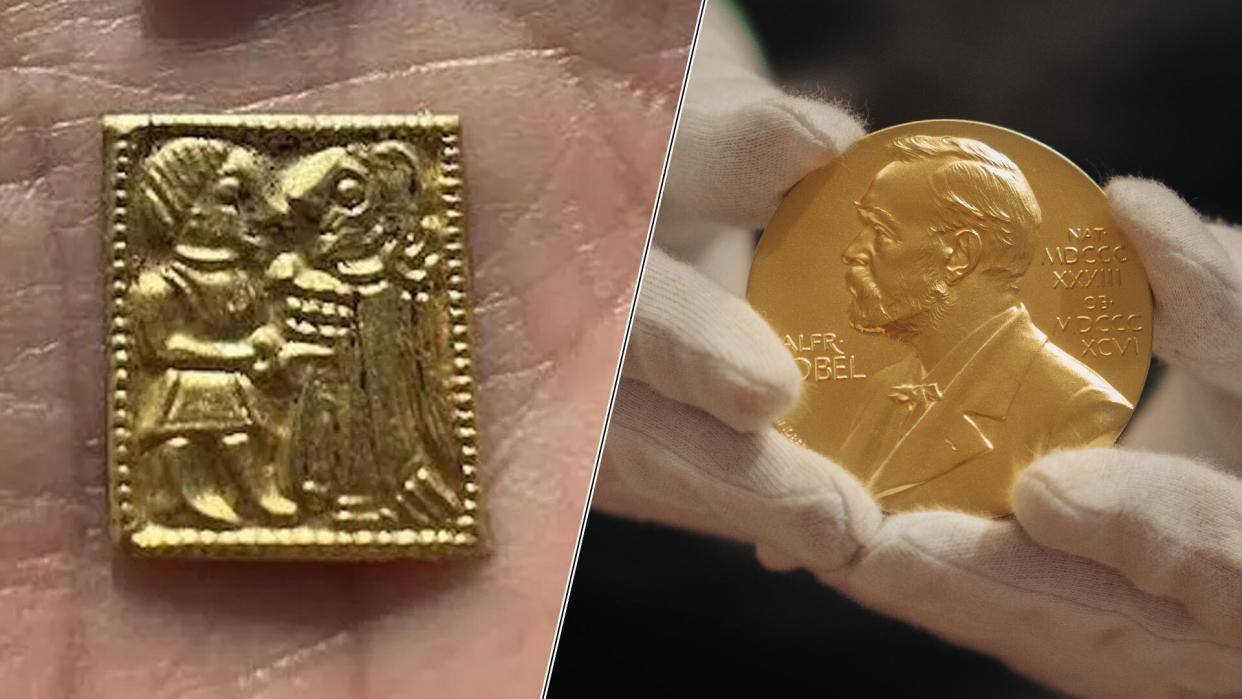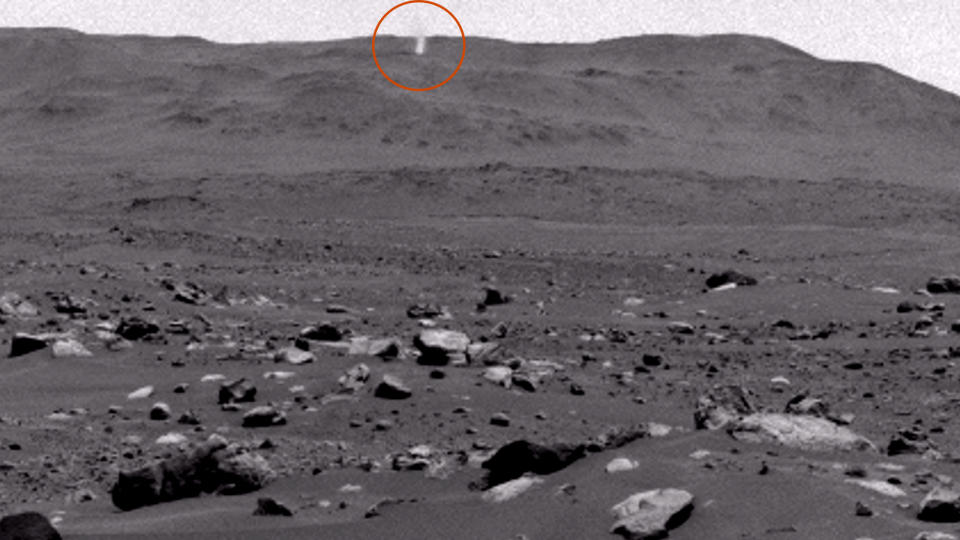Science news this week: Norse treasures and Nobel Prizes

This week in science news, we unearthed some Norwegian treasures, revealed the 2023 Nobel Prize winners in the sciences and learned why Earth's inner core is "surprisingly soft."
It has been a stand-out week in the world of archaeology, with all manner of incredible artifacts and exciting treasures found beneath the ground. In Norway, a 1,200-year-old Viking treasure was unearthed from a family's backyard, and archaeologists discovered even older gold figures depicting Norse gods. Elsewhere in Scandinavia, Denmark's famous Jelling Stone — which bears the earliest mention of the modern name of the country — is revealing new clues about its creator.
Meanwhile, researchers found the grave of a courtesan to Alexander the Great's army, an "exceptional" 1,800-year-old sarcophagus in France and a 700-year-old coin depicting Jesus. This barely scratches the surface of this week's discoveries, so be sure to check out the rest of our latest archaeology news.
This week, we also delved deeper into our planet — to its inner core, no less — which, until recently, was long thought to be an unmoving ball of solid metal. Now, scientists believe Earth's inner core might be a lot less rigid than we expected, and this surprising softness may be caused by hyperactive atoms. At Earth's other extreme, satellite data show that this year's ozone hole grew to around twice the size of Antarctica, and the eruption of Tonga's underwater volcano early last year may be partly to blame.
MORE NEWS THIS WEEK
—100-year-old origin theory of Stonehenge's iconic Altar Stone could be wrong, scientists say
—45-mile-long iceberg slams into penguin refuge in Antarctica, almost causing ecological disaster
—Giant never-before-seen long-necked 'titan' dinosaur unearthed in Europe
—Highest-energy pulsar ever seen could indicate new physics
Beyond our planet's atmosphere, the James Webb Space Telescope continues to wow us with its spectacular science discoveries, such as physics-breaking rogue objects and "impossible" galaxies. We also heard about the potential discovery of a dozen objects beyond Pluto that could reveal a new section of the solar system we never knew about.
In health news, an updated COVID-19 vaccine made by Novavax has been authorized by the U.S. Food and Drug Administration; a study in rodents revealed that neurons aren't the only cells that make memories in the brain; and we learned that the success of anyone thinking of going vegetarian might be influenced by their genes.
And finally, the start of October means it's the season of Nobel Prizes, with the awards for physics, chemistry and medicine handed out for the creation of the tiniest slices of light, the discovery of bizarre quantum dots and seminal work on mRNA vaccines, respectively.
Picture of the week

It may look like an unassuming Martian landscape, but circled at the top of this image is a "dust devil" dancing across the surface of the Red Planet. And this is no tiny twister: NASA scientists estimate it reaches about 1.2 miles (2 kilometers) in height — five times taller than the Empire State Building.
The image is a still from video footage taken by NASA's Perseverance rover, which spotted the swirling storm on Aug. 30. It filmed the dust devil for around 84 seconds as the twister raged on top of a nearby ridge. A time lapse of the dust devil, showcasing the action at 20 times speed, was shared online by NASA's Jet Propulsion Laboratory (JPL) on Sept. 29.
And while we're on the subject of strange things on Mars, here are 15 weird objects that look like they shouldn't be there at all.
Sunday reading
There is a very good reason why baby animals have spots, and it's not just to make them cute.
Here's when and where to see Venus appear exceptionally close to the crescent moon this week.
Beware the brassica — these are the foods that give you the smelliest farts.
Why do you sometimes get dizzy when you stand up, and why can your vision go dark?
"Ring of fire" solar eclipse 2023

A "ring of fire," or annular, solar eclipse will be visible in eight U.S. states on Saturday, Oct. 14. During the event, skywatchers across North, Central and South America will see a partial solar eclipse lasting about three hours. But the ring will be visible only within a 125- to 137-mile-wide (201 to 220 km) "path of annularity", and even there, the view will last only 4 minutes, 29 seconds to 4 minutes 52 seconds, depending on the exact location.
"It matters where you are across the path — being close to the center gives you a longer duration than if you're at the edge," Angela Speck, an astronomer at the University of Texas at San Antonio and the AAS Solar Eclipse Task Force, said in a YouTube video.
There will be plenty more from Live Science in the run-up to the event, but to be perfectly clear, do not look directly at the sun. For this stargazing experience, you'll need a DIY eclipse viewer or special glasses — or perhaps even a disco ball.

